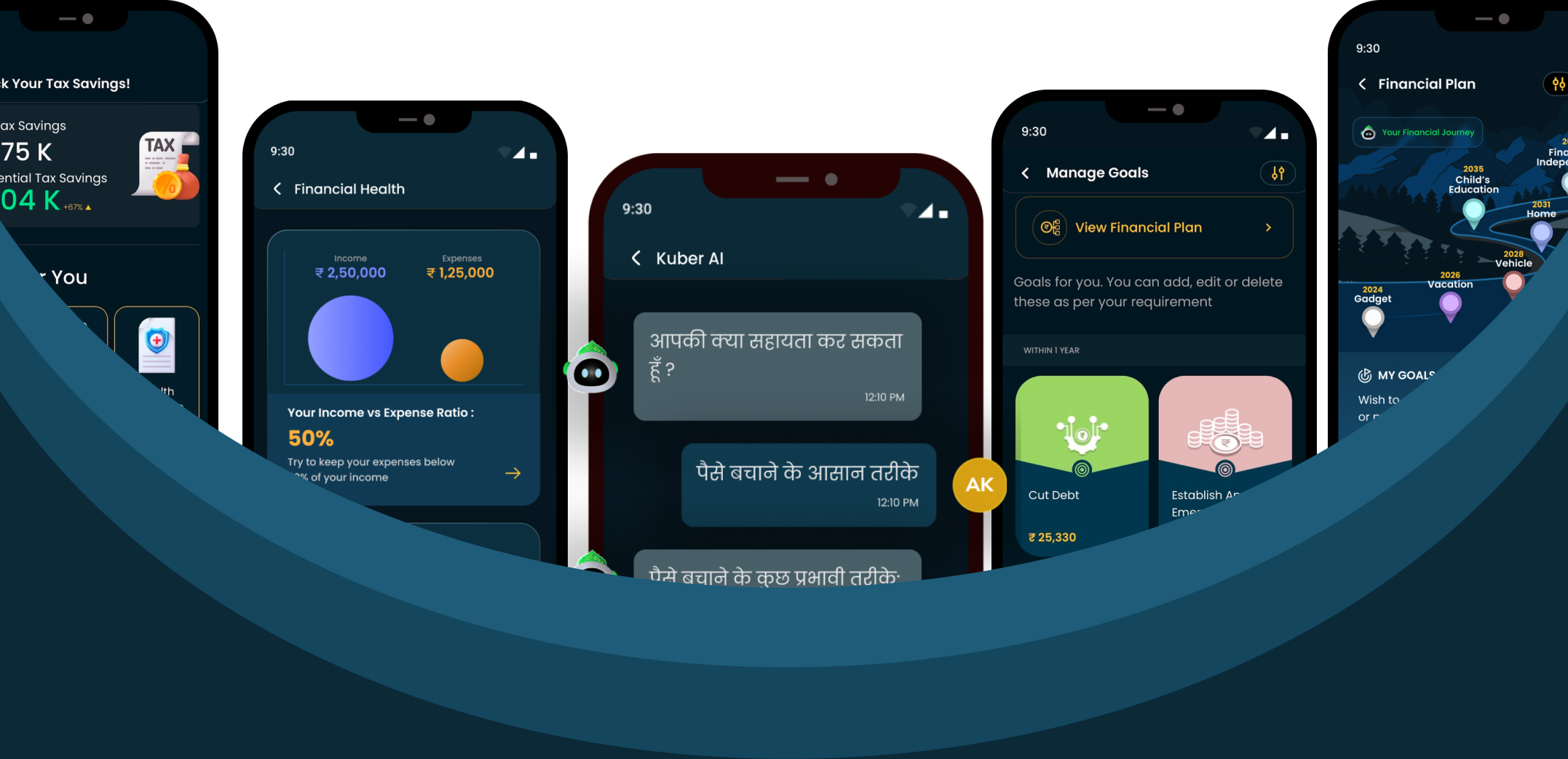From Toddlers to Titans: How to Secure Your Child’s Financial Future Today
Introduction
Alright parents, buckle up! It's time for a fun yet crucial journey into the land of child investment options. Imagine your kiddo growing a financial nest egg alongside their Lego collection – sounds intriguing, right? Trust us, by the end of this read, you'll be laughing, learning, and perhaps a smidge guilt-tripping yourself for not starting sooner.
The Why: Because "Because I Said So" Isn't Enough
Before we dive into the 'hows' of investing for your child's future, let's tackle the 'whys.' Why should you, dear parent, even consider this?
1. Higher Education Costs: Remember when your college tuition was just a couple of lakhs? Yeah, those days are long gone. Higher education costs are skyrocketing faster than your kid can finish their homework. Planning ahead means you won't need to sell a kidney to fund their dreams of becoming an astronaut-artist-linguist.
2. Financial Discipline: Teaching your kids about money early on instills a sense of financial responsibility. They’ll learn that money doesn’t grow on trees, but on systematic investments.
3. Security Blanket: Life happens. An early investment can act as a safety net for unforeseen circumstances. Think of it as padding – like those extra pillows you have no logical reason for but are comforting nonetheless.
4. Compounding Magic: The magical phrase every financial expert swears by. The earlier you start, the more you benefit from the compounding effect. It’s like letting your money do yoga – stretching and growing over time.
The How: Investment Options that Don't Involve Robbing a Bank
1. Public Provident Fund (PPF)
The PPF isn’t just some random alphabet soup. It’s a government-backed scheme with tax benefits and a decent interest rate. You can open a PPF account in your child’s name and invest annually. The tenure is 15 years, which aligns perfectly with long-term goals like college funds.
Pros:
- Safe and secure.
- Tax-free returns.
- Long-term investment.
Cons:
- Lock-in period of 15 years.
- Limited to a maximum deposit of ₹1.5 lakh per year.
2. Sukanya Samriddhi Yojana (SSY)
For those with daughters, this scheme is a gem. The SSY offers high interest and tax benefits, aiming to secure a girl child’s future
Pros:
- High-interest rate.
- Tax exemptions under Section 80C.
- Encourages the financial independence of girls.
Cons:
- Funds can only be used for the girl’s education and marriage.
- Partial withdrawal restrictions.
3. Systematic Investment Plans (SIPs)
SIPs in mutual funds are like the diligent ant in the "Ant and the Grasshopper" story. Regular, disciplined investments in mutual funds can yield substantial returns over time. Just make sure to choose commission free funds.
Pros:
- Flexibility in amount and tenure.
- Potentially high returns.
- Convenient and can be automated.
Cons:
- Market risks.
- Need to choose funds wisely.
4. Children’s Gift Mutual Funds
These are specialized mutual funds aimed at building a corpus for the child’s future. They often have a lock-in period until the child turns 18.
Pros:
- Tailored for children's future needs.
- Professional fund management.
Cons:
- Market risks.
- Lock-in period until maturity.
5. Gold ETFs and Sovereign Gold Bonds
We Indians have a thing for gold – blame it on our Midas touch ;) . Gold ETFs and Sovereign Gold Bonds are a modern twist to this age-old investment.
Pros:
- Hedge against inflation.
- Diversified portfolio.
Cons:
- Gold prices can be volatile.
- Bonds have a lock-in period.
Gold ETFs and Sovereign Gold Bonds
For those with an appetite for higher returns, equity investments through a Minor Demat Account can be a great option.
Procedure:
- Opening the Account: Parents or guardians can open a Minor Demat Account by submitting the child's and guardian's KYC documents.
- Operation: The account must be managed by the guardian until the child turns 18.
- Regulations: The minor cannot trade independently; transactions have to be authorized by the guardian.
Pros:
- Potentially high returns.
- Early exposure to equity markets.
Cons:
- Market risks.
- Requires active management and monitoring by the guardian.
Why Should We Avoid Certain Products
At Simplify Money, we believe in straightforward, cost-effective investment options. Many child investment products bundle insurance or charge hefty premiums for managing equity/debt ratios—something you can easily handle yourself. Additionally, commission-based products or funds can erode your returns over time. Worse, some of these options don't even beat inflation in the long run, effectively diminishing your child's future purchasing power.
Salient Points to Note
- Always consider post-tax adjusted returns when choosing schemes.
- Keep these investments separate from your own to avoid financial entanglement.
- Ensure these investments are factored into any insurances you book to avoid overlap or gaps in coverage.
30% - WANTS: Lifestyle and Personal Enjoyment
Investing in your child’s future isn’t just about the money – it’s about giving them a running start in the marathon of life. By choosing the right investment options, you’re not just a parent or a guardian, but a financial superhero in disguise. So don your cape, do your research, and start investing today!
Remember, the best time to plant a tree was 20 years ago. The second-best time is now. Go ahead, plant that financial sapling for your child and watch it grow into a mighty oak.
Happy investing, Super Parents! 🌳📈
Table of Content
- Introduction
- The How: Investment Options that Don't Involve Robbing a Bank
- Why Should We Avoid Certain Products



